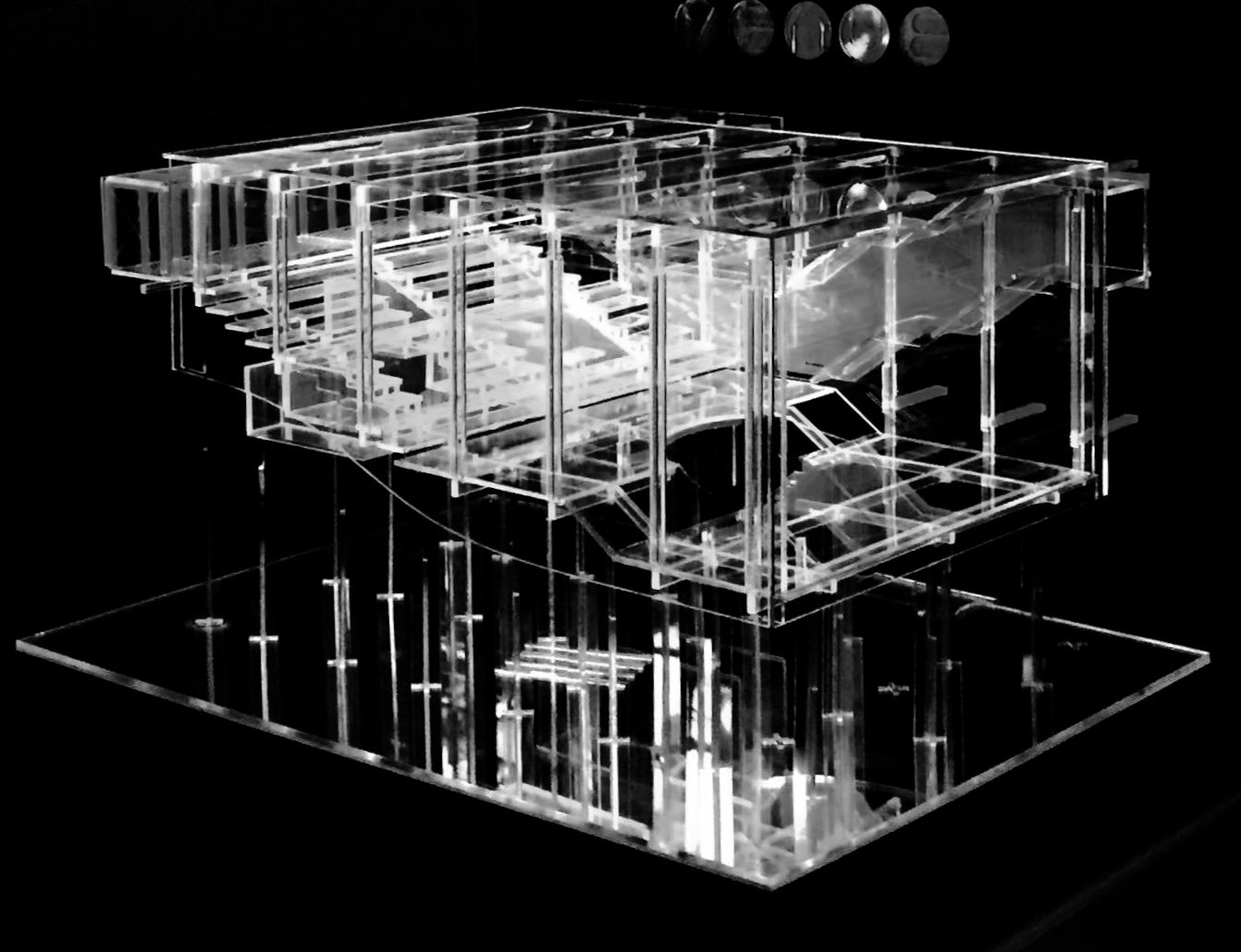To investigate the ‘form of ritual’ in architecture by exploring intimate and idiosyncratic projects that reveal the human dimensions of contemporary life.
-
We will produce small, highly resolved architectural projects responding to the continuing themes of Studio 2. We will engage particularly with the experiential and phenomenological implications of an architecture of both ‘individual’ and ‘community’ and will take inspiration from the work of selected film makers, artists, musicians and writers.
Each student will form the functional and emotional brief for the architecture of a small building of unique typology responding to selected issues of social or economic injustice and within the context of an imagined urban location on the Thames riverside in London.Key Dates
Mid Semester Review: TBC -
22 Sem 1: Barbican Estate
22 Sum: Barbican Estate
21 Sem 2: Bodrum
21 Sem 1: Hackney
20 Sem 2: Tokyo
20 Sem 1: Paris 58
19 Sem 2: Kyoto
19 Sem 1: Babylon -
The writer, Edward Fischer said that a journal “encourages shaping those blurred notions and hunches into ideas you may be willing to stand behind. It helps you to turn your inner chaos into something of a cosmos”.
Keeping a journal is an old custom. A journal’s function is to gather thoughts and images as they might arise, without regard to immediate priorities or assigned tasks. The word ‘Journal’ comes from the Latin for ‘day’, reflecting the intention of recording thoughts, experiences and images on a daily basis.
As the journal stretches over time, as over a journey, it becomes a record of a portion of the author’s life, recording events and opinions that otherwise might have been largely forgotten.
In the studio, students are asked to become the author of a ‘Journal’ which records in detail their journey through the studio in a disciplined, but reflective way. Each chapter of the journal is an ‘illustrated essay’.
How to draw a video scene
Imagining a place + sensory urbanism
A manifesto
The opportunity of unique typologies
Abstract Drawings
Iterations on a process
One to Ten(UNDER CONSTRUCTION)
-
The studio operates through a strictly iterative and analog process that revolves around drawing and model-making.
(UNDER CONSTRUCTION)
-
Studio Leaders:
RENNIE LIFFEN is a British Architect from London who has practiced in Europe and Australia. Rennie was involved in design studio teaching for many years in the UK and has been living, working and teaching in Melbourne since 2005. This will be his twentieth Masters CDE studio and his ninth in collaboration with Oskar Kazmanli-Liffen.
rliffen@unimelb.edu.au
OSKAR KAZMANLI-LIFFEN is an architect originally from London. With experience in award winning practices, Oskar has also co-led studios across the masters and undergraduate degrees at RMIT and MSD. Through teaching and practice his interests lie in a close understanding of site, diagrammatic and compositional clarity and the experiential qualities of objects and space.
oskar.kazmanliliffen@unimelb.edu.auPrevious Studio Leaders:
MARIJKE DAVEY is an Architect. She cares about public space, pigeons, and Palestine.
Long Term Collaborators:
JARROD HABERFIELD
JOHN GATIP
STEPHANIE LIDDICOAT







